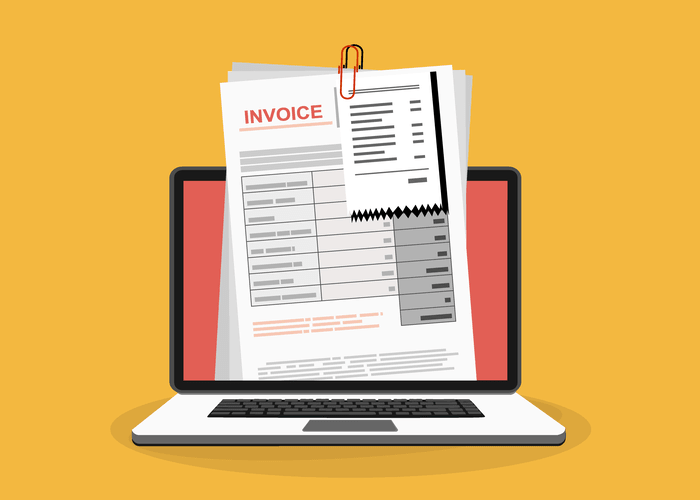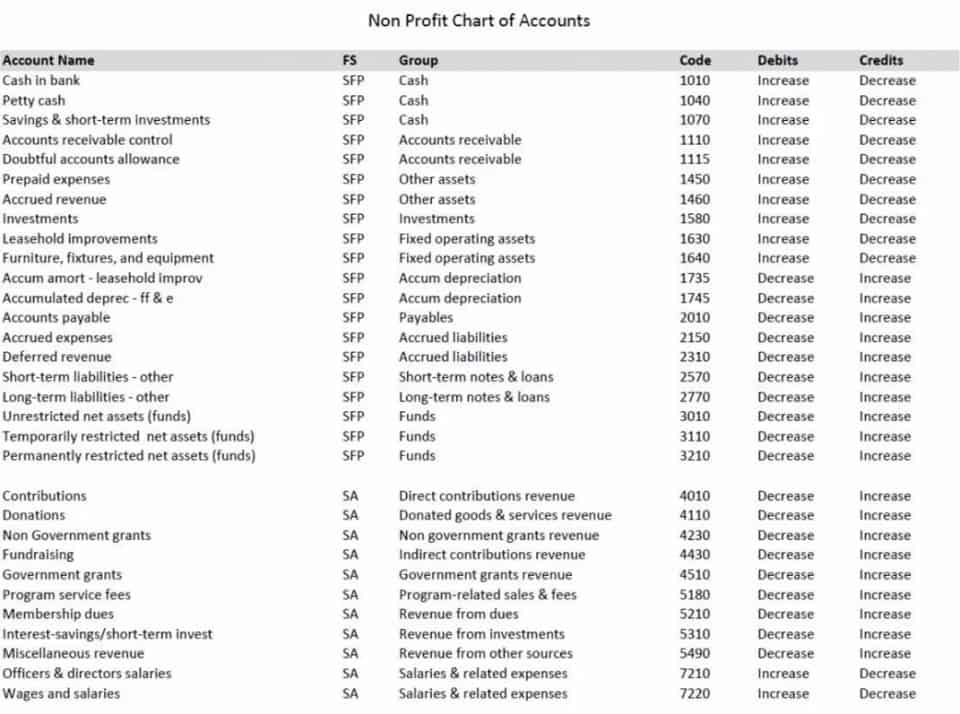Lower of Cost versus Net Realizable Value Financial Accounting

By considering both values, companies can gain a comprehensive view of their assets’ worth and make informed financial decisions. Consequently, the cost of goods sold is payroll based on the cost of the oldest inventory, while the ending inventory is valued at the most recent costs. This method is often used in businesses where inventory items are perishable or have expiration dates. Computing for the Net Realizable Value is important for businesses to properly bring the valuation of their inventory and accounts receivable in order as to not overstate their assets. Now that you have access to both of the figures outlined above, it is time to deduce your selling cost or allowance for doubtful accounts from your expected selling price or FMV. This valuation method fits in the GAAP restrictions, which require accounting professionals to adopt a conservative approach while reporting transactions.
BAR CPA Practice Questions: Assumptions and Approaches for Measuring Fair Value

This amount obtained is adjusted to the costs and expenses, including taxes related to the sale and disposal. By deducting the allowance for doubtful accounts and addressing transaction-related expenses, TechGadgets provides valuable insight into its operations and reinforces the net realizable value reliability of its financial statements. This ensures that stakeholders are provided a realistic assessment of potential cash flows, adhering to net realizable value analysis best practices.
- Historical cost refers to the original purchase price of the inventory, including any additional costs necessary to bring the goods to their current condition and location.
- Thus, the figure reported in the asset section of the balance sheet is lower than the total amount of receivables held by the company.
- Since in NRV, a firm also considers the cost, hence it is known as a conservative approach to the transaction.
- Whether you’re an investor, a business owner, or a policy maker, appreciating the nuances of market value is crucial for success in the financial world.
- This concept is also important to financial accounting in reporting inventory and accounts receivable on the balance sheet.
Accounts Receivable Solutions

As evidenced above, net realizable value is a vital tool for making informed decisions about the performance of your accounts receivables and the value of assets and your inventory. In terms of accounting work, staying current with these economic shifts is paramount for accounting processes, particularly when applying NRV analysis in financial reporting and inventory management. Businesses also need to consider industry-specific factors like technological advancements, regulatory changes, or international trade agreements, all of which can shift market conditions and, in turn, impact NRV.
- However, it is important to know the steps to follow to make an accurate calculation besides knowing the formula.
- Managers can use NRV to gauge the profitability of selling products at reduced prices or to decide whether it’s more cost-effective to dispose of inventory.
- In the context of accounts receivable it is the amount of accounts receivable that is expected to be collected.
- To avoid this, businesses should establish clear policies and procedures for inventory valuation, ensuring consistency and comparability.
- For instance, the NRV of inventory reserved for confirmed sales or service agreements is derived from the agreed contract price (IAS 2.31).
Net Realizable Value (NRV): Definition & Calculation
Being conservative in approach signifies not overstating profit figures, rather reflecting less profits than expected. After subtracting the selling costs ($40.00) from Catch Up Bookkeeping the market value ($120.00), the NRV of the company’s inventory is $80.00. The formula for calculating net realizable value (NRV) is the difference between the expected sale price and the total sale or disposal costs. In accordance with the principle of conservatism, the value of assets must be recorded on a historical basis per U.S.

Real-World Scenario: Computing NRV for Accounts Receivable

Selling expenses may include marketing costs, sales commissions, shipping, and any other costs directly related to selling the inventory. When we face such circumstances, it is acceptable to book as a total adjustment. Then we must track the calculation in a spreadsheet and track sold finished goods and materials that went to production. This is crucial, as when we sell an item, we have to write-off its cost and its NRV allowance.







No Comments